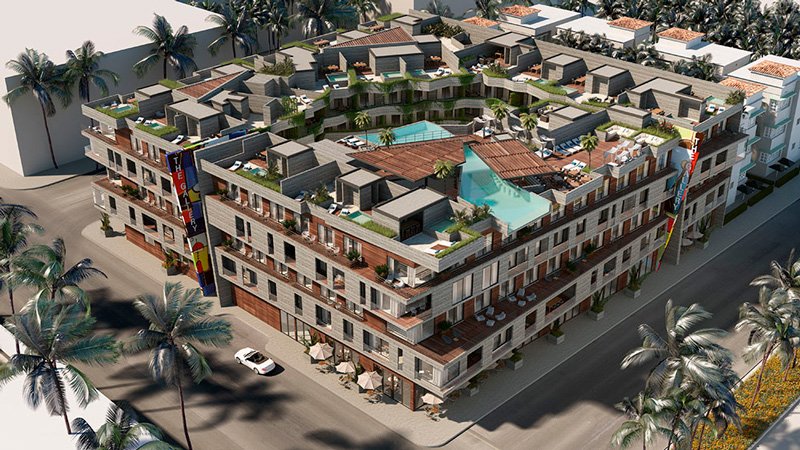
The United Nations Organization (UN) integrated into its 2030 Agenda, the municipality of Tulum in the program for strengthening municipal government capacities of the National Institute of Federalization (INAFED).
Tulum is an amazing Mayan archaeological site in front of the majestic Caribbean Sea, a privileged and unique place in the world for its beauty, location and cultural value.
The original name of the site was Zamá, which means ‘sunrise’. Tulum, which means ‘enclosure or wall’, was the name given once this Mayan archaeological site was discovered.

It is the only protected natural area in the Cancun-Tulum corridor and is the hydrological region that provides the greatest amount of fresh water to the sea with its enigmatic subterranean rivers and amazing cenotes located in the vicinity of Tulum, such as Cenote Dos Ojos, El Gran Cenote and the Cenote Cristal, among others, which had a sacred character for the Mayans and are linked to Mayan traditions, ceremonies and legends.
It is a tourist destination with warm starry nights that offers a quiet hotel area with a variety of accommodation, bars and restaurants, relaxing spas and a bohemian atmosphere, where many tourists walk or bike.
By: La Verdad
Share
Best One Realty Group is committed to taking care of your privacy. This Privacy Policy assures you a private and respectful practice colleting your personal info. Your Personal data is completely confidential and is not shared with any other company or association.